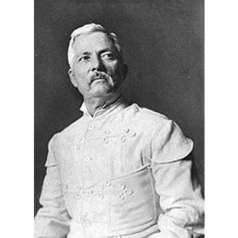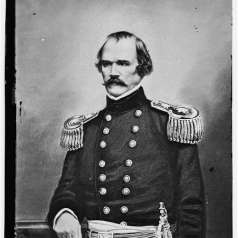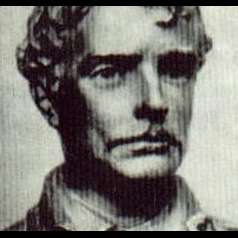
Born a slave in Todd County, Kentucky in the 1820s, William Holland found himself working the farm of Benjamin Harlan in Maury County, Tennessee, in the years preceding the war. Like most slaves, Holland had no extensive formal schooling and could not read or write. Holland made his dash for freedom when the Federal army invaded and occupied middle Tennessee, attaching himself to the army and, most likely, working for them as a laborer. He officially joined the Federal army on March 1, 1864, enlisting with the 111th Regiment of the United States Colored Troops. Holland and his regiment spent roughly six months guarding railroads in the mid-state area. In September of that year, Confederate forces under the command of Gen. Nathan Bedford Forrest attacked the 111th Regiment, forcing roughly 1,000, including Holland, to surrender themselves. Thus began Holland’s three-month stint with Gen. Forrest’s cavalry. While a prisoner, Holland was a servant for Forrest’s chief surgeon, Dr. James Cowan. In this capacity, he most likely tended to Dr. Cowan’s personal errands and to the medical needs of sick and wounded soldiers. At some point after the Confederate loss at the Battle of Nashville on December 15 and 16, 1864, Holland made his escape and returned to his unit. For the duration of their military contract, the 111th Regiment USCT served under the command of Chaplain William Earnshaw in the reinterment of Federal soldiers in the Stones River National Cemetery in Murfreesboro. Holland and his regiment continued the reburial work and the construction of the stone wall surrounding the cemetery until 1866, when the regiment was mustered out of service. Holland took up residence near the cemetery and continued working there as a general laborer, receiving one dollar per day as pay, until 1880, when he was badly injured in an accident. In 1909, Holland died and was buried on his property near where the Hazen Brigade monument stands today on the Stones River National Battlefield.
Tools
Key Facts
- Born a slave, worked in Maury County until Federal army invaded
- Worked for Federals until joining the 111th Regiment
- Captured and worked as servant for Nathan Bedford Forrest's chief surgeon
- After Stones River, worked at the cemetery







